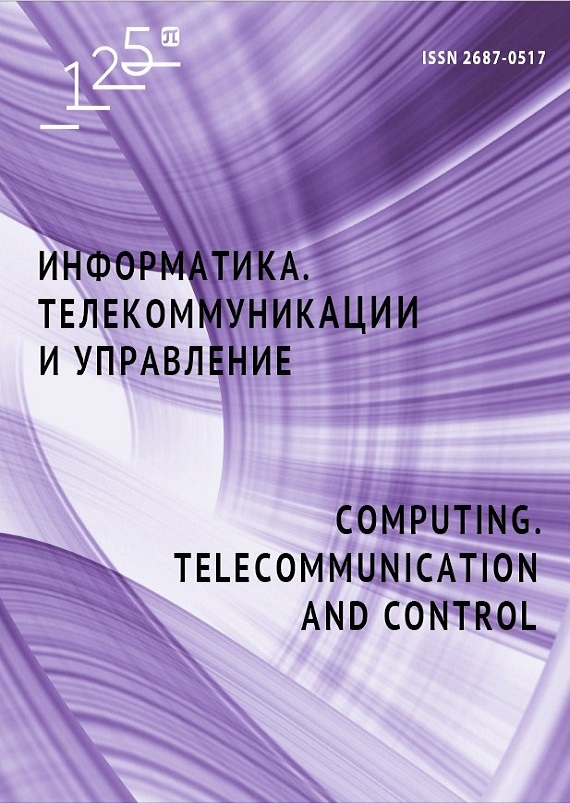SAR images generation from optical imagery
Technological level boost in the industry has led to widespread utilization of neural networks and machine learning that require large datasets. Data processing in unmanned aerial vehicles faces several difficulties such as high equipment cost, no-fly areas and complicated imagery permission acquisition. Public datasets can be deficient and impractical. Researches are forced to either work without initial data or hire surveyors and 3D-designers. The paper solves this problem by generation of synthetic aperture radar images from publicly available optical satellite maps available anywhere on Earth. Two methods are discovered: physical processes of radio wave propagation modeling and color image convolution into grayscale. The physical model is constructed in the first approximation as a linear propagation of an electromagnetic wave with a single point of reflection, insignificant radio waves atmosphere propagation and reflection effects are omitted. Various algorithms of convolution, linear transformation of RGB color space into grayscale are examined: YPbPr, HSV, linear regression. The physical model is discarded due to its practical inapplicability and complexity of implementation. After evaluating the convolution results according to the maximum likelihood criteria, preference is given to the YPbPr algorithm. Additional steps are proposed for more accurate generation: noise addition and space transformation. The resulting algorithm generates visually and mathematically adequate pseudo-radar images to obtain initial datasets, correlated radar and optical images. The datasets are supposed to improve neural networks. The method gives an advantage over analogues in rural and wild clutters but loses in urban areas. In further studies, we propose to combine the results with objects of interest generation.


